1. Butter Churns

It’s hard to imagine today, but back in the early 1900s, Sears offered actual butter churns you could order right from the catalog. Housewives would crank the handle by hand for what probably felt like forever just to get a few sticks of butter out of the deal. It was all part of the daily grind—literally. Now, we grab a tub from the fridge without thinking twice shares All That’s Interesting.
Seeing one of these wooden churns now feels more like spotting an antique at a pioneer museum. They’re beautiful in their own rustic way, but the thought of actually using one? That’s a workout and a half. Most of us wouldn’t know where to begin. It’s a reminder of how far modern convenience has come adds Snopes.
2. Corsets with Steel Boning
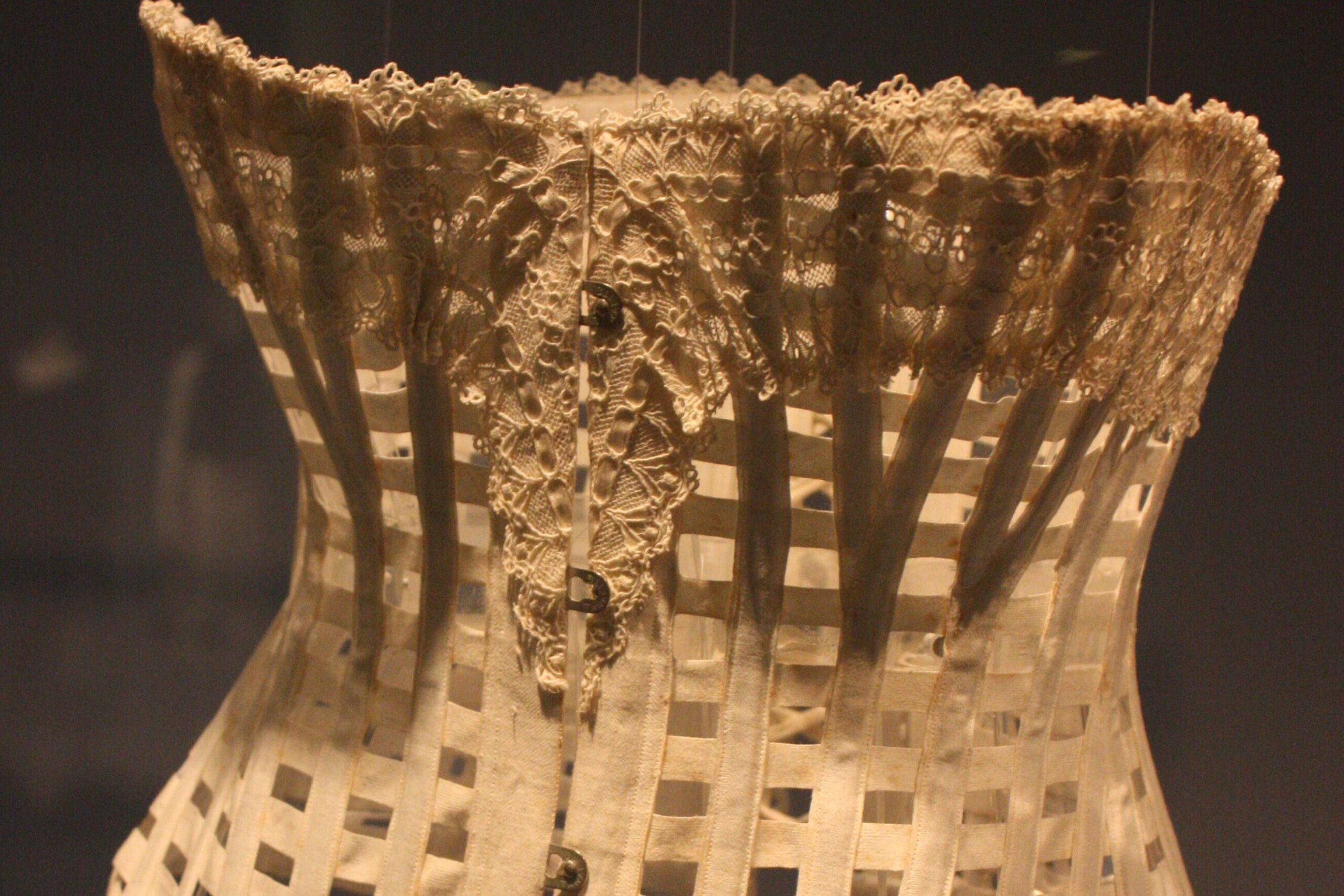
Flip through a Sears catalog from the late 1800s, and you’ll find corsets that promised to “reshape the female figure” into the ideal hourglass. These weren’t your stretchy shapewear of today—some had actual steel boning and laces that needed yanking by someone else says the Chicago Tribune.
The idea of wearing one now feels like putting on medieval armor. They were common in their time, but now they sit in vintage clothing collections or museum displays as symbols of changing beauty standards. It’s both fascinating and a little uncomfortable to think about. We’ve traded bone-crushing corsets for yoga pants, and honestly, thank goodness shares Smithsonian Magazine.
3. Ice Boxes
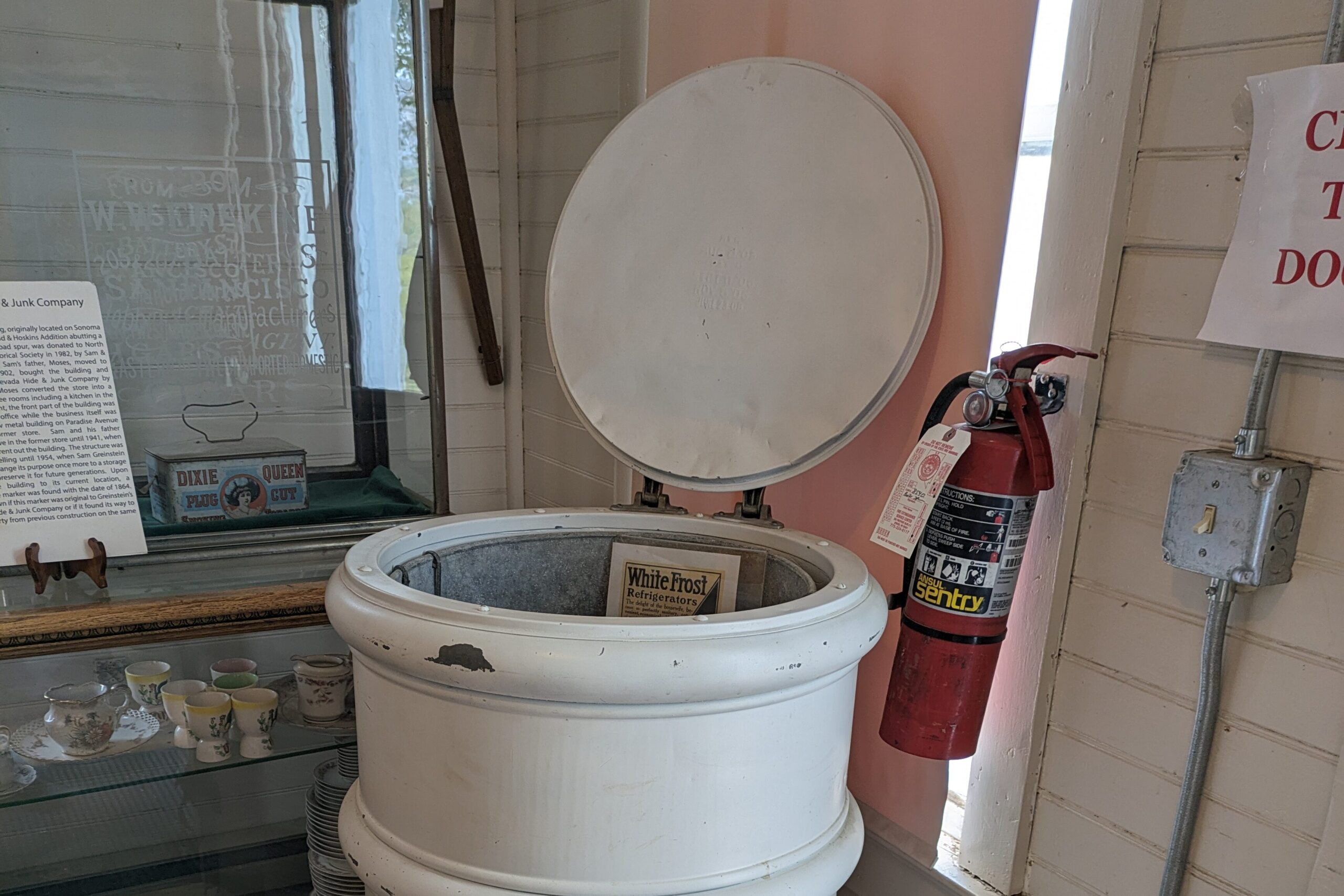
Long before refrigerators hummed in every kitchen, Sears sold wooden ice boxes that relied on massive blocks of ice to keep things cool. A delivery man would lug the ice to your house, and you’d have to manage the drip pan and spoiled food if you forgot to empty it.
It was a whole operation just to keep milk cold. Today, ice boxes feel like they belong on the Titanic. They’re bulky, wooden, and quaint—but completely impractical now. Still, there’s something charming about their polished brass hinges and old-world craftsmanship. Just not enough charm to trade in our smart fridges.
4. Washboards
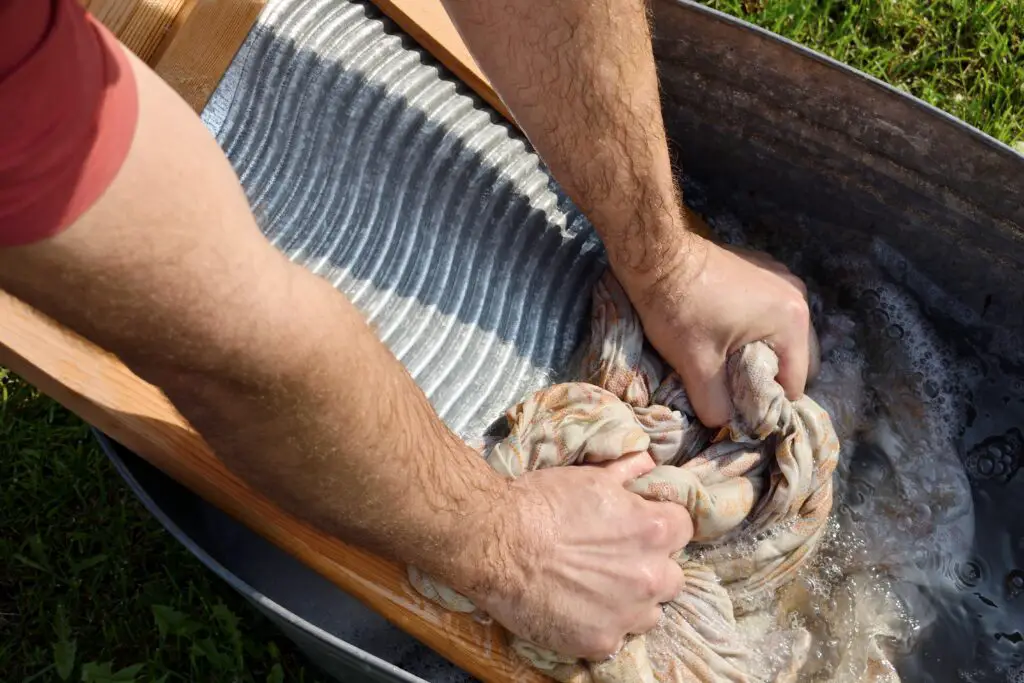
Washing clothes by hand on a ribbed washboard was once a standard chore, and Sears had plenty to choose from in their early catalogs. They came in various sizes and were usually made of wood and metal, meant to be plunged into a basin of sudsy water.
Now, they’re more likely to show up as quirky wall decor or in bluegrass bands. It’s wild to think laundry once involved that much physical labor—and zero detergent pods. A washboard might make you feel nostalgic, but it also makes you deeply thankful for the spin cycle. As lovely as they look hanging on the wall, we’re all good with just looking.
5. Phonographs
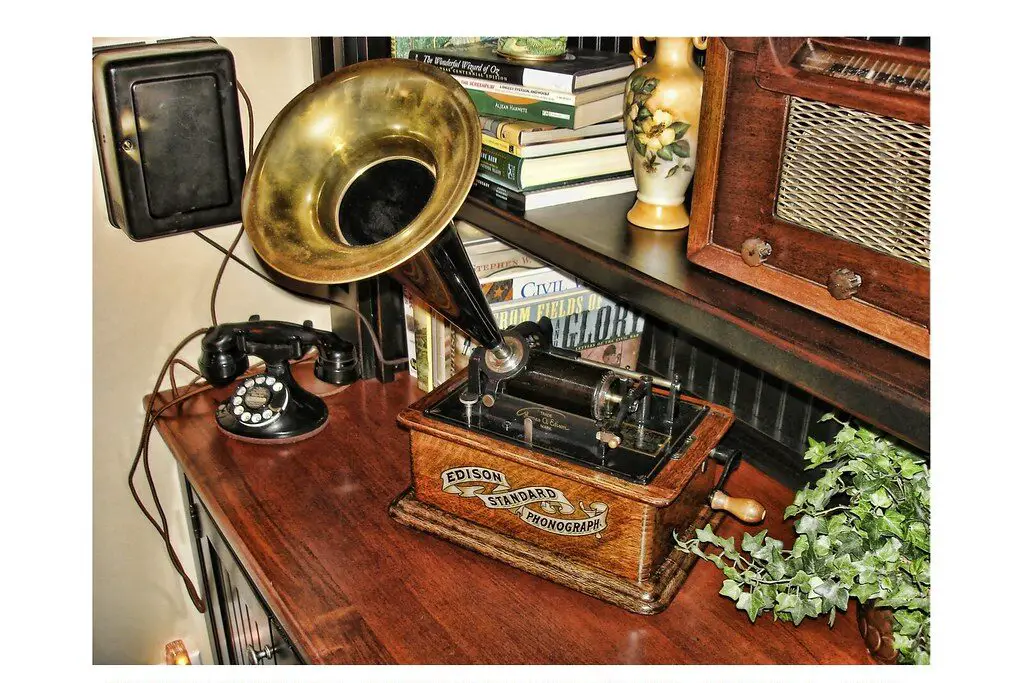
Sears once sold elegant hand-cranked phonographs that played scratchy records through a big metal horn. They were luxurious at the time, with fancy wood cabinets and detailed trim that made them as much furniture as they were music players.
But to modern ears, they sound like a whisper through a tin can. They’re fascinating relics of early audio tech, now more likely to be seen in vintage stores or history museums. We’ve gone from winding a crank to asking Alexa to play a song in seconds. The phonograph reminds us how magical music must have felt back then—even if we’ve moved on.
6. Horse-Drawn Buggies
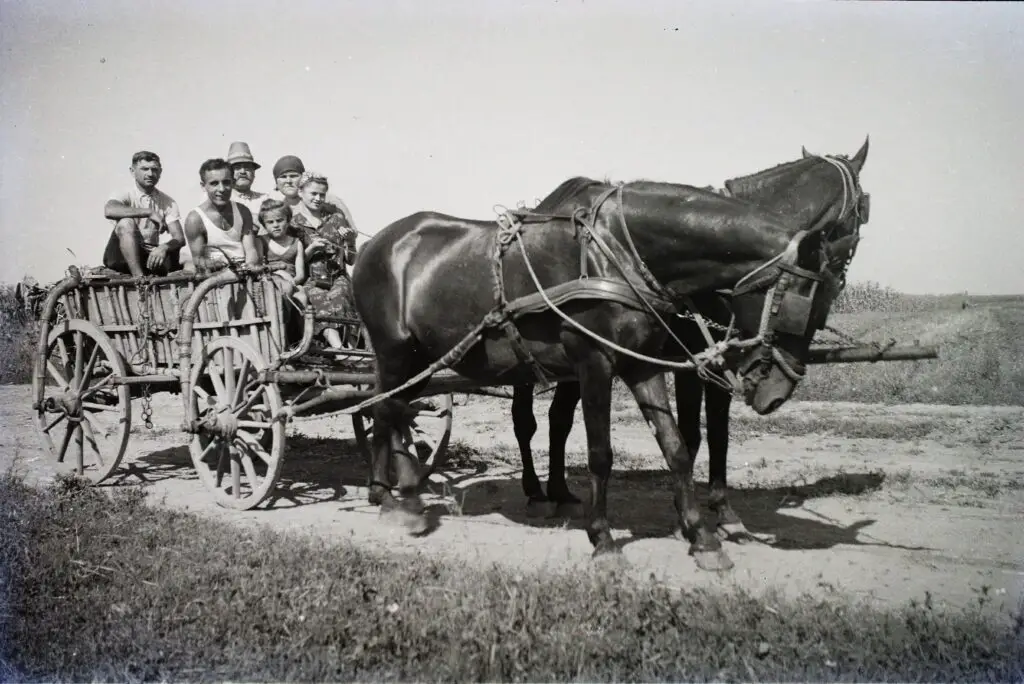
Yes, Sears actually sold full-size horse-drawn buggies in the early 1900s—and people really did mail-order them. You could pick your style, from basic open carts to covered carriages, and they’d ship them out like it was no big deal.
The idea of ordering a vehicle by catalog feels bizarre enough, but one without an engine? That’s a full museum piece today. We associate buggies with Amish communities or historical reenactments now, not mail-order transportation. It’s a reminder of how Sears truly sold everything—even your ride to town.
7. Cast Iron Stoves
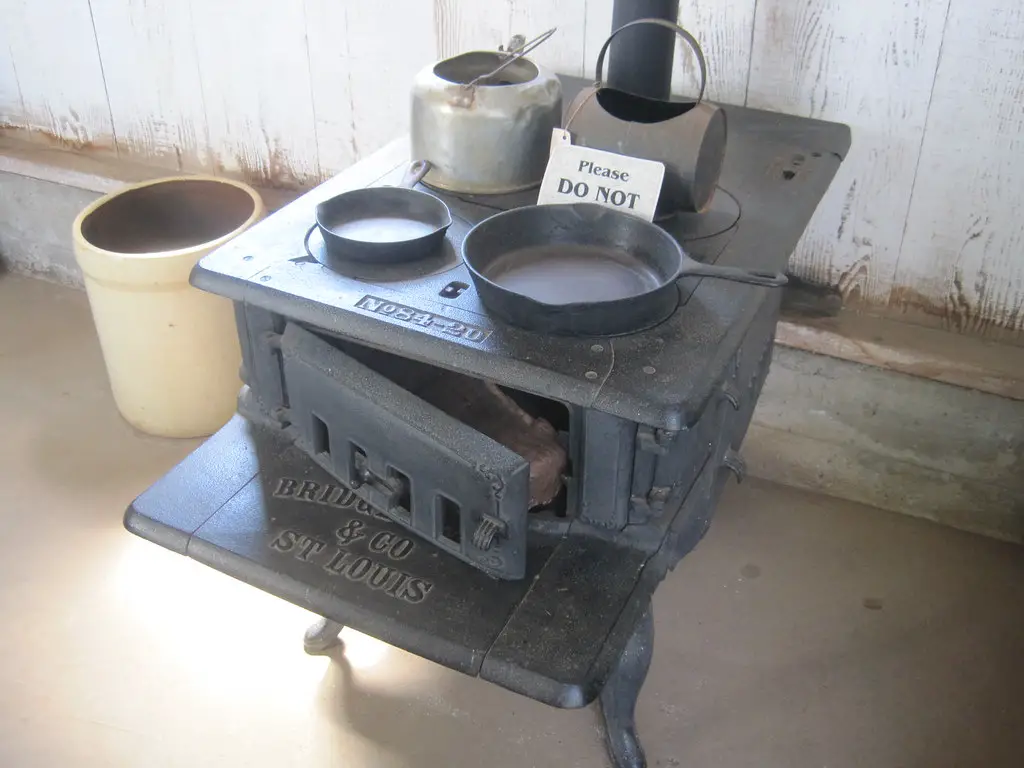
Long before gas or electric ranges, Sears featured cast iron wood-burning stoves that doubled as a heat source and a way to cook your meals. They were massive, heavy, and complicated, requiring firewood, kindling, and constant tending.
While some modern kitchens have sleek cast iron accents, these old-school beasts are a different story. They’re beautiful in a rustic, vintage way, but nobody’s swapping out their stove for one of these unless they’re off the grid. Seeing one up close now makes you appreciate how easy it is to boil water with the turn of a knob. These days, they’re mostly collecting dust in old cabins and museums.
8. Hair Wavers and Crimpers with Heat Rods

Before curling irons plugged into outlets, Sears sold hair wavers that had to be heated on a stove. Women would place the metal rods over an open flame, wait for them to get hot enough, and then clamp them onto their hair. It was risky business—burns were common.
Now, it sounds like something out of a historical drama. The precision and patience it took just to get a wave in your hair makes modern beauty routines feel luxurious. Imagine trying to juggle a scalding rod and a mirror. It’s no wonder these tools now look more like museum artifacts than anything we’d actually use.
9. Mail-Order Homes
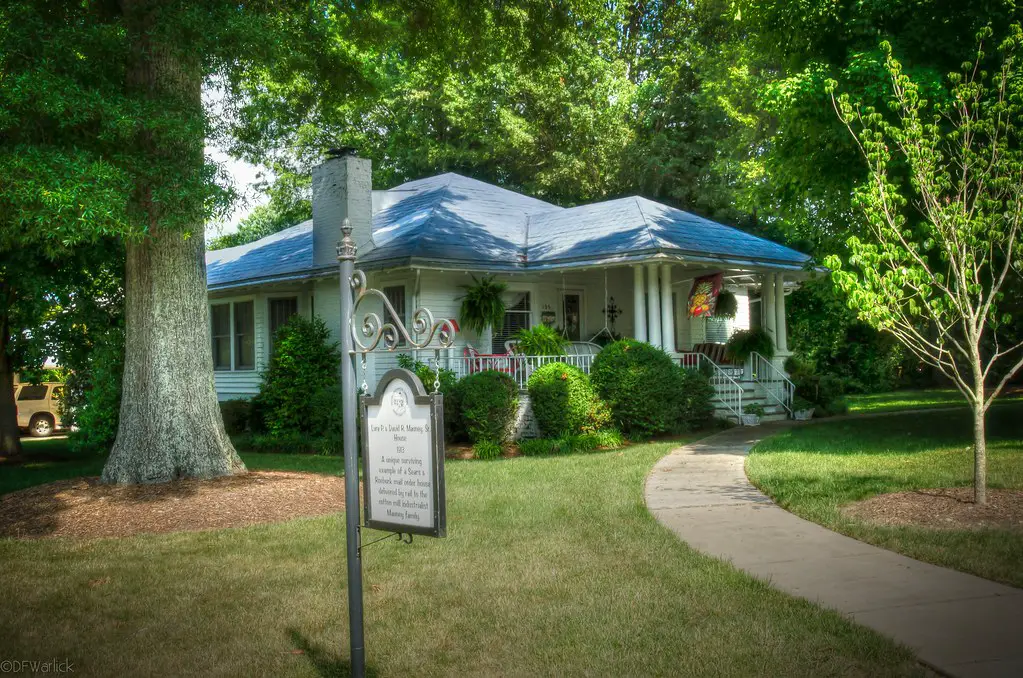
One of Sears’ most impressive offerings was their line of kit houses, which they shipped in pieces for customers to build themselves. These full-size homes came with everything—from doors to nails—and detailed instructions. All you had to provide was land, labor, and maybe a little patience.
They were surprisingly affordable and pretty stylish for the time. Some still stand today, although many people don’t realize their homes were once Sears specials. The idea of ordering a whole house from a catalog feels surreal now. It’s a fascinating piece of history that blurs the line between retail and real estate.
10. Bedpans
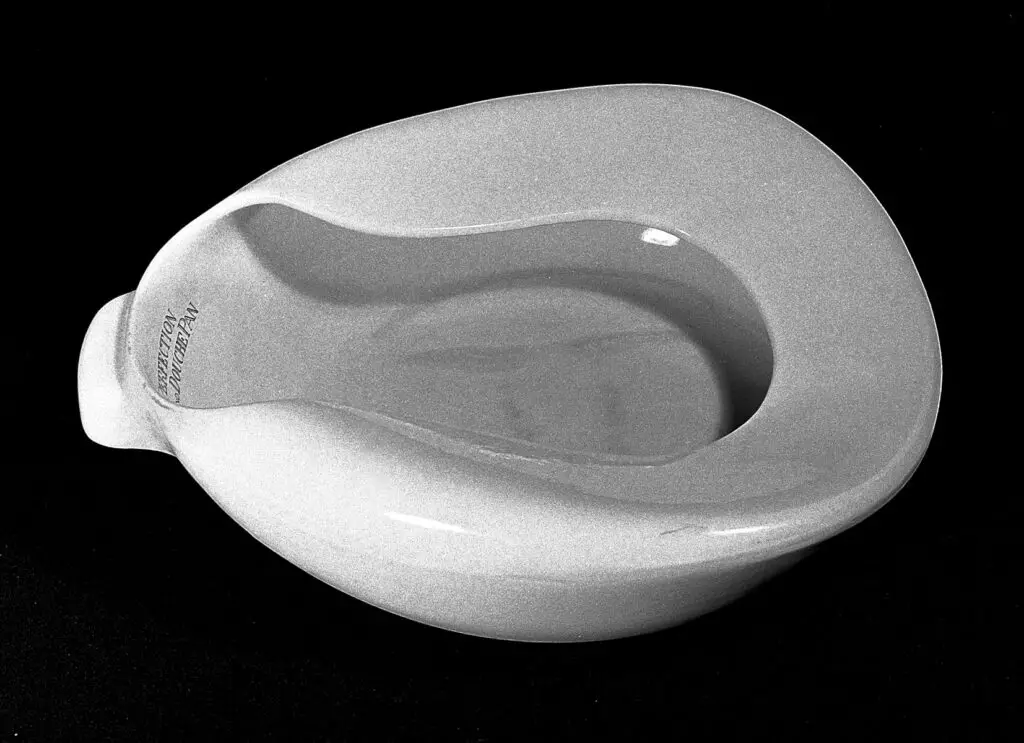
As glamorous as some vintage items can seem, Sears catalogs also sold the less-than-lovely necessities—like porcelain bedpans. These were staples in homes before modern plumbing and home healthcare products, especially for the sick or elderly.
Now, they’re more likely to be spotted in a wartime exhibit or antique medical collection. It’s not exactly something people are eager to display on a shelf. But they served an important role at the time, even if they’re a little cringe-inducing today. We’ll take modern indoor plumbing, thank you very much.
11. Typewriters
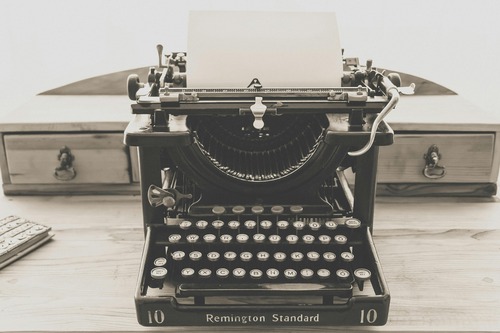
Before laptops and tablets, a Sears typewriter was your go-to writing machine. The clack of the keys, the ding of the return bell, and the smell of ink and paper—it was all part of the writing ritual.
They’re beautiful machines with a nostalgic charm, but using one now would feel clunky at best. Typos meant starting over or wrestling with correction tape. Still, there’s something romantic about them that keeps collectors interested. Just don’t ask anyone to type a whole novel on one again.
12. Foot-Powered Sewing Machines
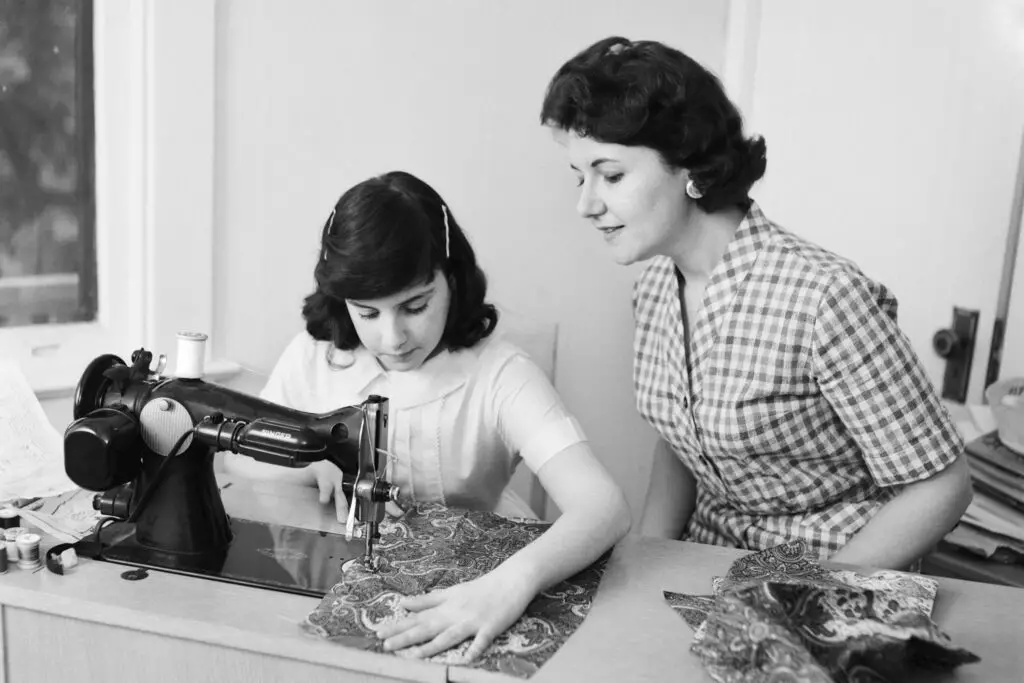
Sears catalogs featured treadle sewing machines that worked entirely by foot power. You’d rock a metal pedal back and forth to run the needle, which made every stitch a mini workout.
While modern machines hum along with ease, these required real coordination and effort. They’re gorgeous—usually housed in ornate wooden tables—but best left to collectors or decorators. Most people today wouldn’t have the patience or leg strength. It’s one of those tools that really shows how much easier things have become.
13. Galvanized Bathtubs
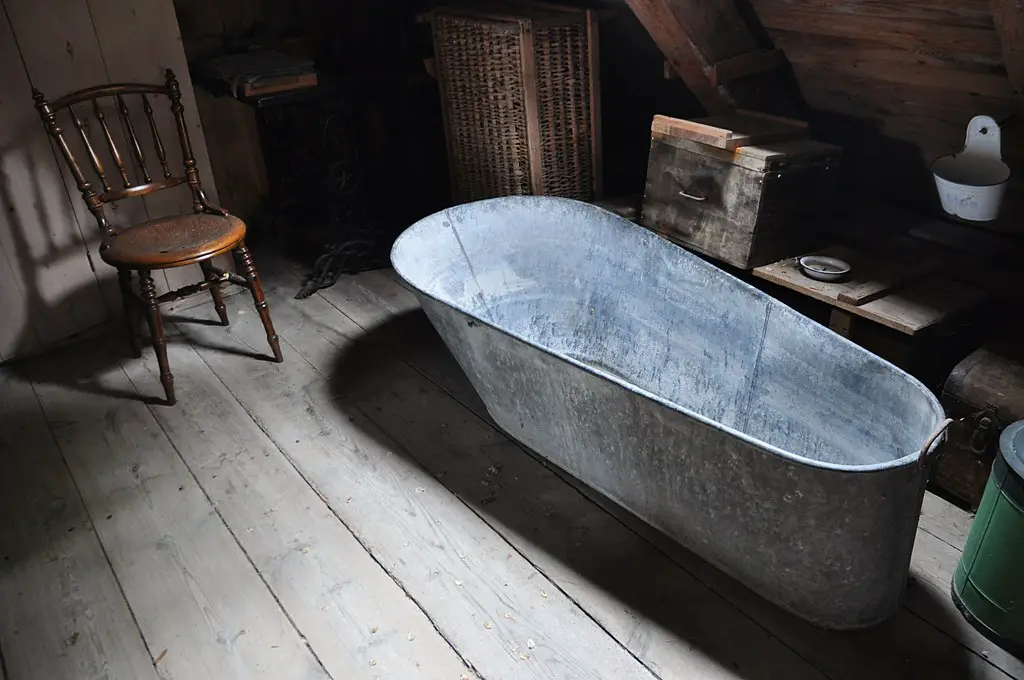
Before indoor plumbing was widespread, Sears sold galvanized metal tubs you could fill with hot water—by bucket. Families would take turns bathing in the same tub, which sounds cozy until you think about the logistics.
These tubs were often placed right in the middle of the kitchen near the stove. They’re a far cry from spa-like bathrooms of today. Seeing one now feels like stepping into a living history museum. And if you’ve ever complained about water pressure, just be glad you don’t need to heat yours on the stove first.
